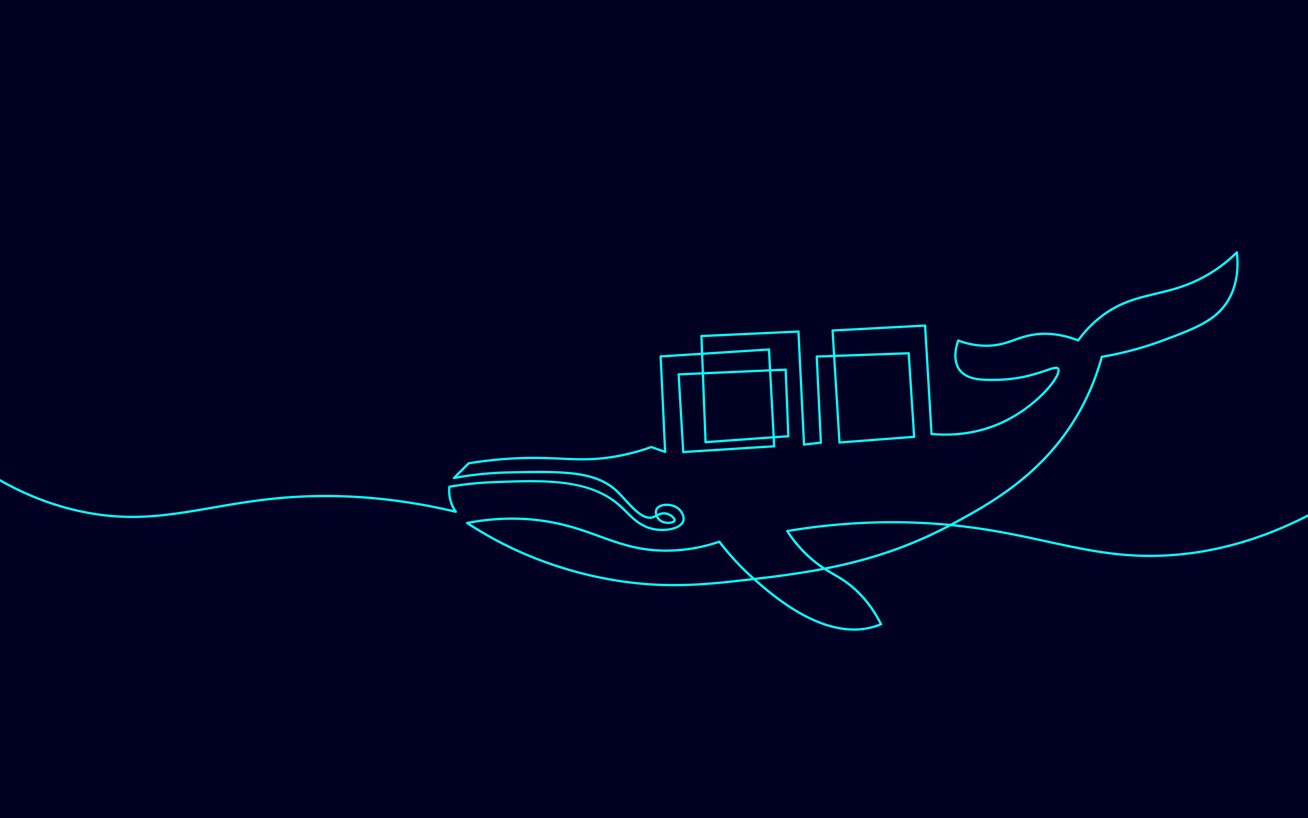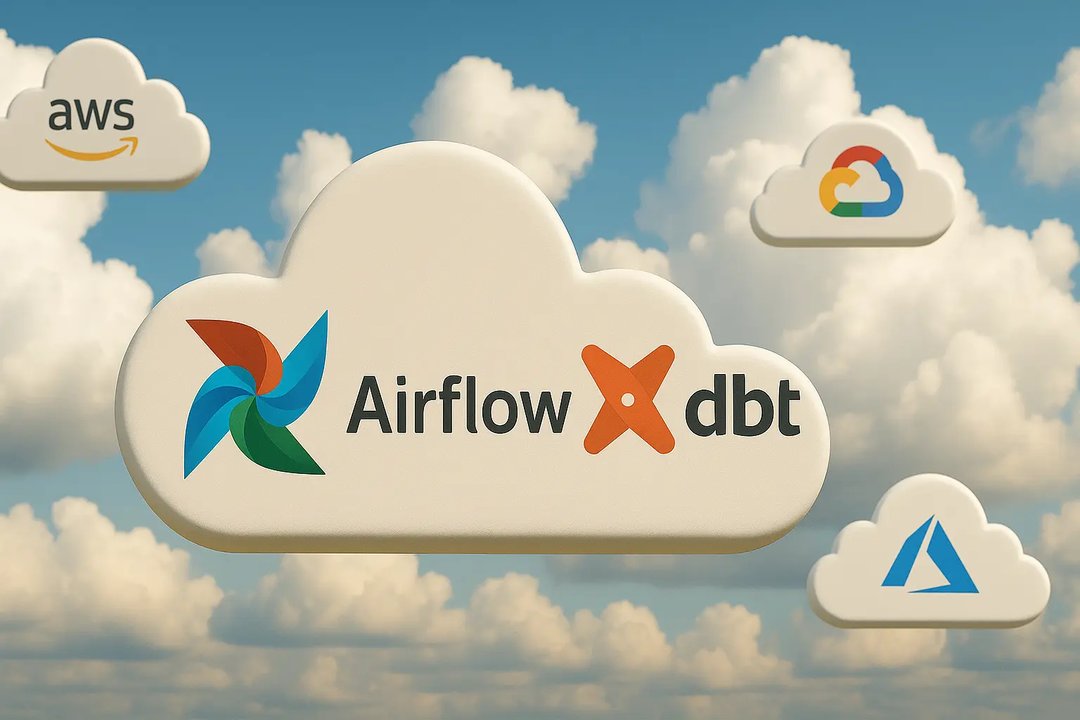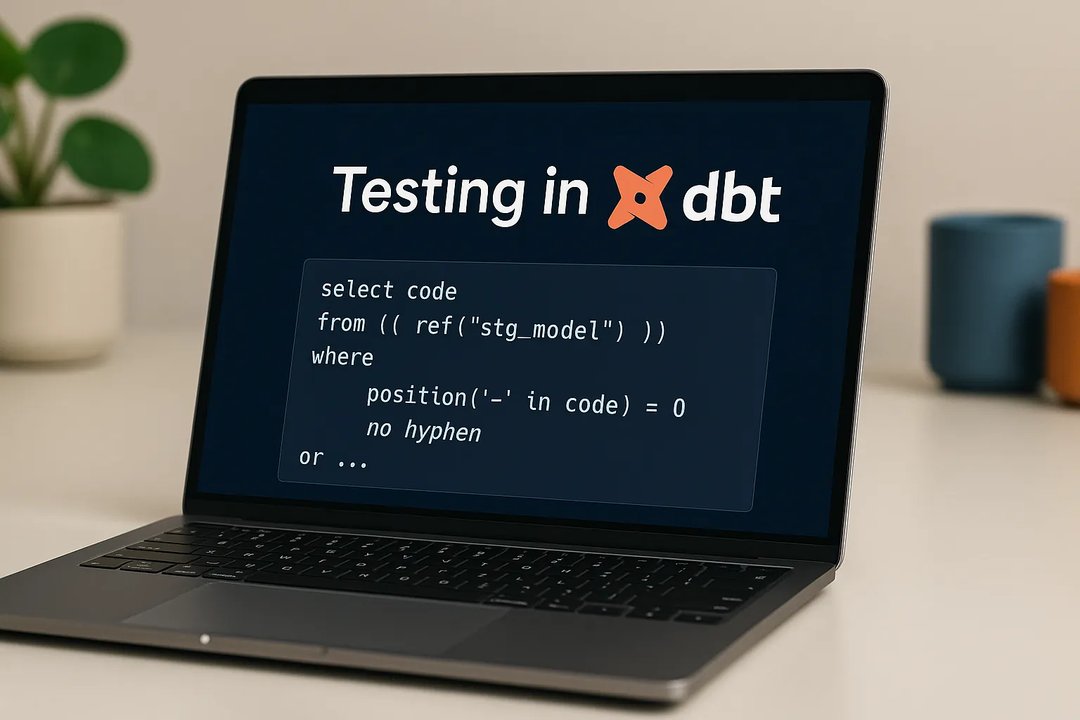
Maria Chojnowska
28 April 2023, 6 min read

What's inside
Python is a popular programming language used by developers for building a wide range of applications, from web development to data analysis and machine learning.
I won’t be diving deeper into Python, but feel free to check out our blog post “All You Need to Know About Python”.
On the other hand, Docker is a platform that simplifies the process of building, deploying, and making sure running applications in containers. This piece will explore how Docker can benefit Python developers and provide a step-by-step guide on Dockerizing a Python application. We'll also cover some best practices and recommendations for managing Docker containers in production environments.
Introduction to Docker
Let’s start with the basics - docker is a platform that allows developers to build, deploy, and run applications in containers. Containers are a lightweight and portable way to package an application with all its dependencies, enabling it to run consistently across different environments.
Docker provides tools and services that simplify the process of creating and managing containers. It includes a containerization engine, a command-line interface, and a container registry where developers can share and distribute their container images.
With Docker, developers can create isolated environments for their applications, ensuring they run consistently across different systems and configurations. This makes it easier to develop and test applications and deploy them to production environments.
Docker also enables developers to scale their applications horizontally by creating multiple instances of the same container image. This allows for efficient resource usage and better performance.
This article will be a great starting point for anyone interested in Dockerizing Python applications.
Setting up Docker for Python
"Setting up Docker for Python" means no more, no less, but a process of installing Docker and configuring it to work with a Python application.
This involves creating a Dockerfile containing instructions for building a Docker image that includes the necessary dependencies for the Python application. Once the Docker image is made, it can be run as a container, providing an isolated and portable environment for the Python application.
To set up Docker for Python, you'll need to follow these general steps:
- First, you need to download and install Docker on your machine. Docker provides installation instructions for Windows, MacOS, and Linux on their website.
- A Dockerfile is a text file that contains a set of instructions for building a Docker image. You can create a Dockerfile for your Python application by specifying a base image, installing dependencies, and copying your application code into the container.
Here's an example Dockerfile for a simple Flask application:
FROM python:3.11.3-bullseye
WORKDIR /app
COPY requirements.txt .
RUN pip install --no-cache-dir -r requirements.txt
COPY . .
CMD ["python", "app.py"]
In this example, we're using the official Python 3.8 slim-buster image as our base, setting the working directory to /app, copying the requirements file and installing the dependencies, copying our application code, and setting the command to run our Flask application.
- Once you have a Dockerfile, you can use the docker build command to build a Docker image. Open your terminal or command prompt and navigate to the directory containing your Dockerfile.
Then, run the following command:
docker build -t myapp:latest .
This command builds an image with the tag myapp:latest based on the Dockerfile in the current directory.
- After building the Docker image, you can use the docker run command to start a container from the image.
Here's an example command to run the Flask application:
docker run -p 5000:5000 myapp:latest
This command starts a container from the myapp:latest image and maps port 5000 from the container to port 5000 on your machine, allowing you to access the Flask application from your web browser.
That's it!
You now have a Dockerized Python application running in a container. You can deploy this container to a cloud service like AWS, Azure, or GCP or share it with other developers using a container registry like Docker Hub.
Dockerizing Python apps
Docker has become a popular tool for building and deploying applications, and Python developers are no exception. Here are some best practices for Dockerizing Python apps, tips for optimizing Docker images, and recommendations for managing Docker containers in production.
Best Practices for Dockerizing Python Apps
• Choose a base image that fits your needs and is regularly updated to provide security and stability.
• Use virtual environments to isolate dependencies and avoid conflicts between packages and versions.
• Remove unnecessary files and dependencies to keep images as small as possible, which can reduce build times, transfer times, and storage costs.
• Use build caching to speed up image builds by only rebuilding layers that have changed since the last build.
• Use multi-stage builds to separate the built environment from the production environment and reduce image size.
Tips for Optimizing Docker Images
• Use a minimal base image to reduce the attack surface and improve performance.
• Minimize the number of layers in your image to reduce image size and improve caching.
• Use COPY instead of ADD to avoid including unnecessary files and metadata in your image.
• Use .dockerignore to exclude files and directories that aren't needed at runtime from your image.
• Remove unnecessary packages and dependencies to reduce image size further.
Recommendations for Managing Docker Containers in Production
• Use orchestration tools like Kubernetes or Docker Swarm to manage containerized applications at scale.
• Monitor resource usage to identify potential issues and optimize performance.
• Implement backup and recovery procedures to protect data integrity and availability.
• Manage container lifecycles to guarantee that containers are only running when necessary and minimize resource usage.
• Follow security best practices to secure your containers and prevent unauthorized access.
Conclusion
Docker has become an essential tool for modern application development and deployment, offering a fast, reliable, and scalable way to manage containerized applications.
By following the best practices and recommendations outlined in the article, you can successfully Dockerize your applications, optimize your Docker images, and confidently manage your Docker containers in production environments.
Docker can significantly improve the efficiency and consistency of application development and deployment, making it a valuable tool for developers.
Contact us
Are you ready to take your Python development to the next level with Docker? Sunscrapers has a wealth of experience and knowledge in Dockerizing Python apps, optimizing Docker images, and managing Docker containers in production.
Don't hesitate to contact us today to learn more about how we can help streamline your development process and maximize the benefits of Docker for your Python projects.
Let's work together to bring your Python apps to the next level!


